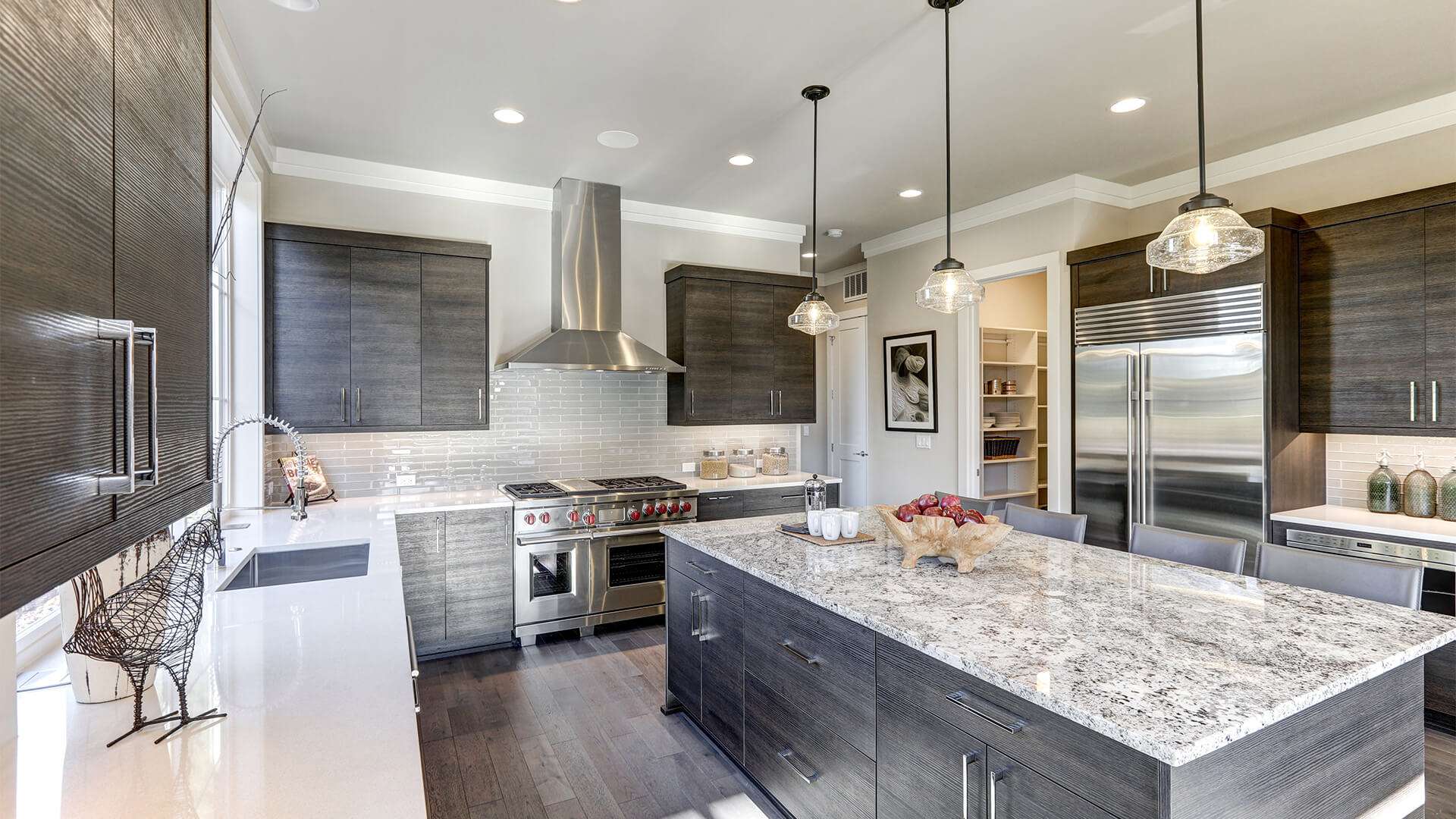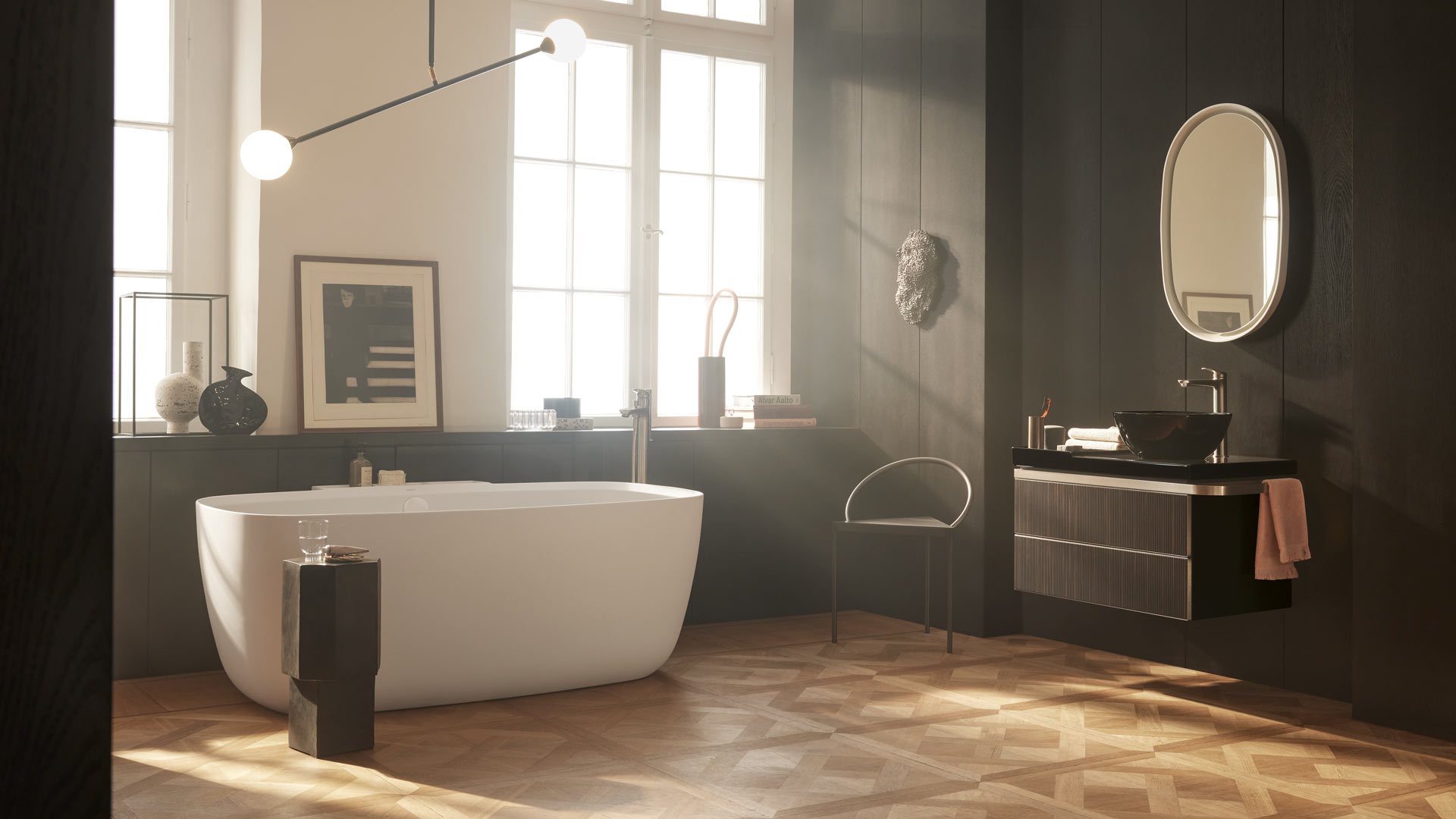
Before embarking on any home improvement project, it’s crucial to define your goals and priorities.
- Increase Home Value: Some projects, such as kitchen and bathroom renovations, offer a high return on investment and can significantly increase your home’s resale value.
- Enhance Comfort and Enjoyment: Many projects focus on improving comfort and enjoyment within your home. This could include creating a more energy-efficient home, adding a home office, or creating a relaxing outdoor living space.
- Addressing Safety Concerns: Home improvement projects can also address safety concerns, such as upgrading outdated electrical systems, installing smoke and carbon monoxide detectors, or improving accessibility for people with disabilities.
Planning and Budgeting
- Creating a Budget: Set a realistic budget and stick to it as closely as possible.
- Researching Costs: Research the costs of materials, labor, and permits for your chosen project.
- Prioritizing Projects: Prioritize projects based on their impact on your lifestyle, budget, and the overall value of your home.
DIY vs. Hiring Professionals
- DIY Projects: Many simple home improvement projects can be tackled with some DIY skills and a little research.
- Hiring Professionals: For more complex projects, such as electrical work, plumbing, or structural renovations, it’s crucial to hire qualified professionals.
- Assessing Your Skills: Honestly assess your own skills and experience before attempting any DIY project.
Finding Inspiration and Ideas
- Home Improvement Shows and Magazines:
- Explore home improvement shows and magazines for inspiration and practical advice.
- These resources can provide valuable insights into the latest trends, design ideas, and project techniques.
- Visiting Showhouses and Model Homes:
- Visit showhouses and model homes to get a firsthand look at the latest design trends and get inspiration for your own home.
- Online Resources:
- Utilize online resources such as websites, blogs, and social media platforms to find inspiration, research products, and connect with other homeowners.
Safety First
- Safety Precautions:
- Always prioritize safety during any home improvement project.
- Wear appropriate safety gear, such as gloves, eye protection, and dust masks.
- If working with electricity, always turn off the power to the circuit you are working on before beginning any work.
Home improvement projects can be a rewarding experience, allowing you to enhance your living space and increase the value of your home. By careful planning, budgeting, and prioritizing safety, you can successfully complete your projects and enjoy the fruits of your labor.



.jpg)
-min.jpg)

